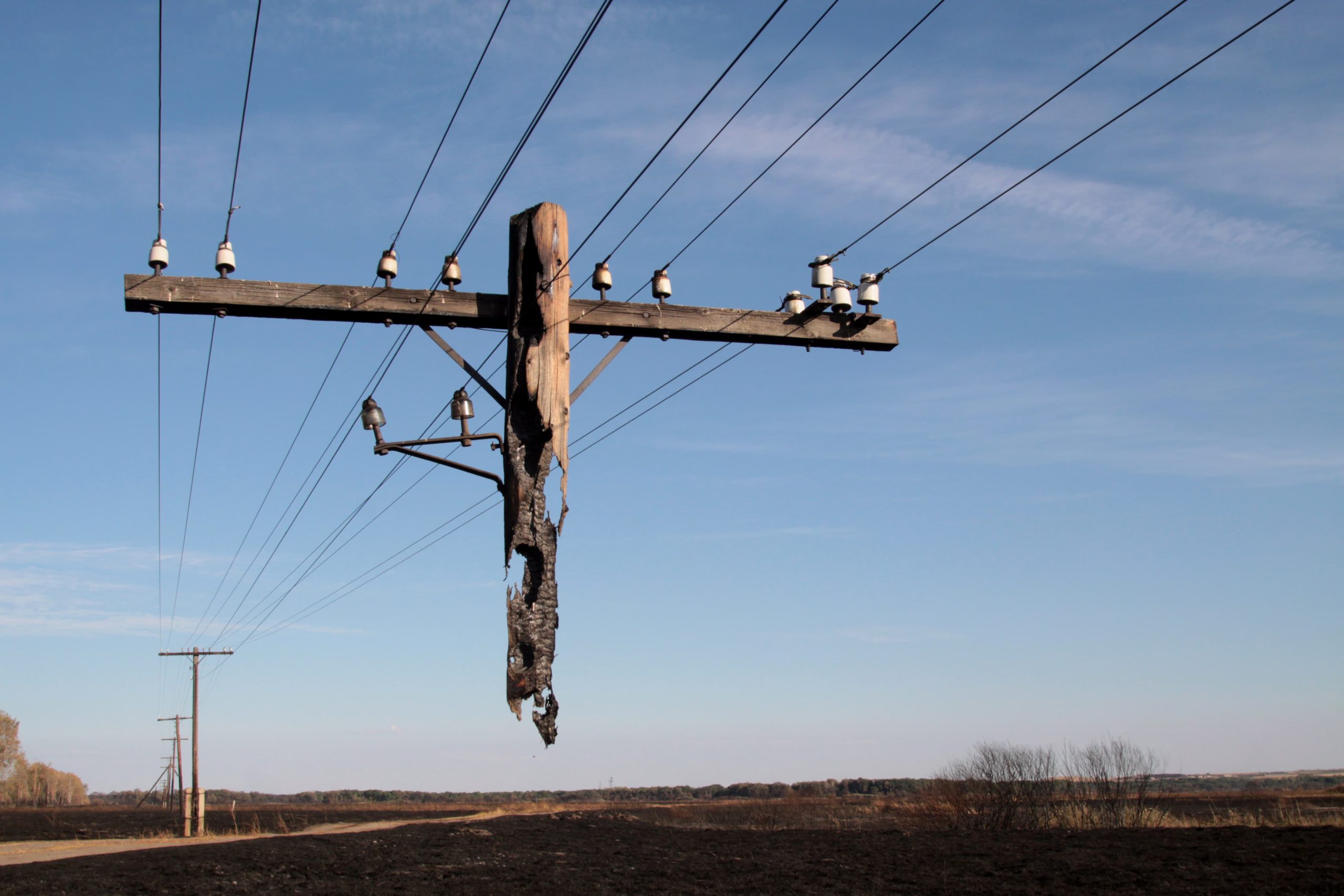Human-induced fires play a crucial role in transforming landscapes and contributing to greenhouse gas emissions. Russia is a country where human-induced fires are widespread and form distinctive spring and summer burning cycles. However, spring fires are not well documented and it is unclear which land-cover types are associated with the spread of spring fires. Using Sentinel-2 optical satellite imagery, a wall-to-wall spring burned area data set for 1 January to 15 May 2020 was created for Russia (excluding the Arctic) using a participatory crowdsourcing digitizing approach on an online platform developed specifically for this application. The 2020 spring fire product had a producer accuracy of 85% and user accuracy of 92%. Approximately 13.38 million ha, comprising 1.8% of the study area, were mapped as burned, with the majority of the 2020 spring burned areas in Siberia. Our spring-fire product revealed five times more burned area estimates compared to the burned area estimates from the moderate resolution imaging spectroradiometer (MODIS) MCD64 product. We also found high variability of burned area per active fire pixel across regions of Russia, when compared to MODIS and visible infrared imaging radiometer suite active fire data. Spring fires started to increase from the end of February and reached their maximum by the end of March through the middle of April. Spring fires were associated with arable lands and grasslands as land-cover types, except Siberia, where spring fires were most common in deciduous and needle-leaved forests, followed by arable lands. While spring fires were associated with croplands and grasslands, an estimate for Central Russia showed approximately 75% of spring fires occurred on abandoned agricultural lands. Our study demonstrated the suitability of optical Sentinel-2 imagery for spring fire mapping and the great utility of a participatory mapping approach for fast and accurate mapping as well as engagement of the community.

Spring fires in Russia: results from participatory burned area mapping with Sentinel-2 imagery
Human-induced fires play a crucial role in transforming landscapes and contributing to greenhouse gas emissions.
Authors: Igor Glushkov, Ilona Zhuravleva, Jessica L McCarty, Anna Komarova, Alexey Drozdovsky, Marina Drozdovskaya, Vilen Lupachik, Alexey Yaroshenko, Stephen V Stehman and Alexander V Prishchepov
Published 22 November 2021 • © 2021 The Author(s). Published by IOP Publishing Ltd
, ,
Focus on Coupled Climate Change, Human and Fire Impacts on Terrestrial Ecosystems
Citation Igor Glushkov et al 2021 Environ. Res. Lett. 16 125005 DOI 10.1088/1748-9326/ac3287
